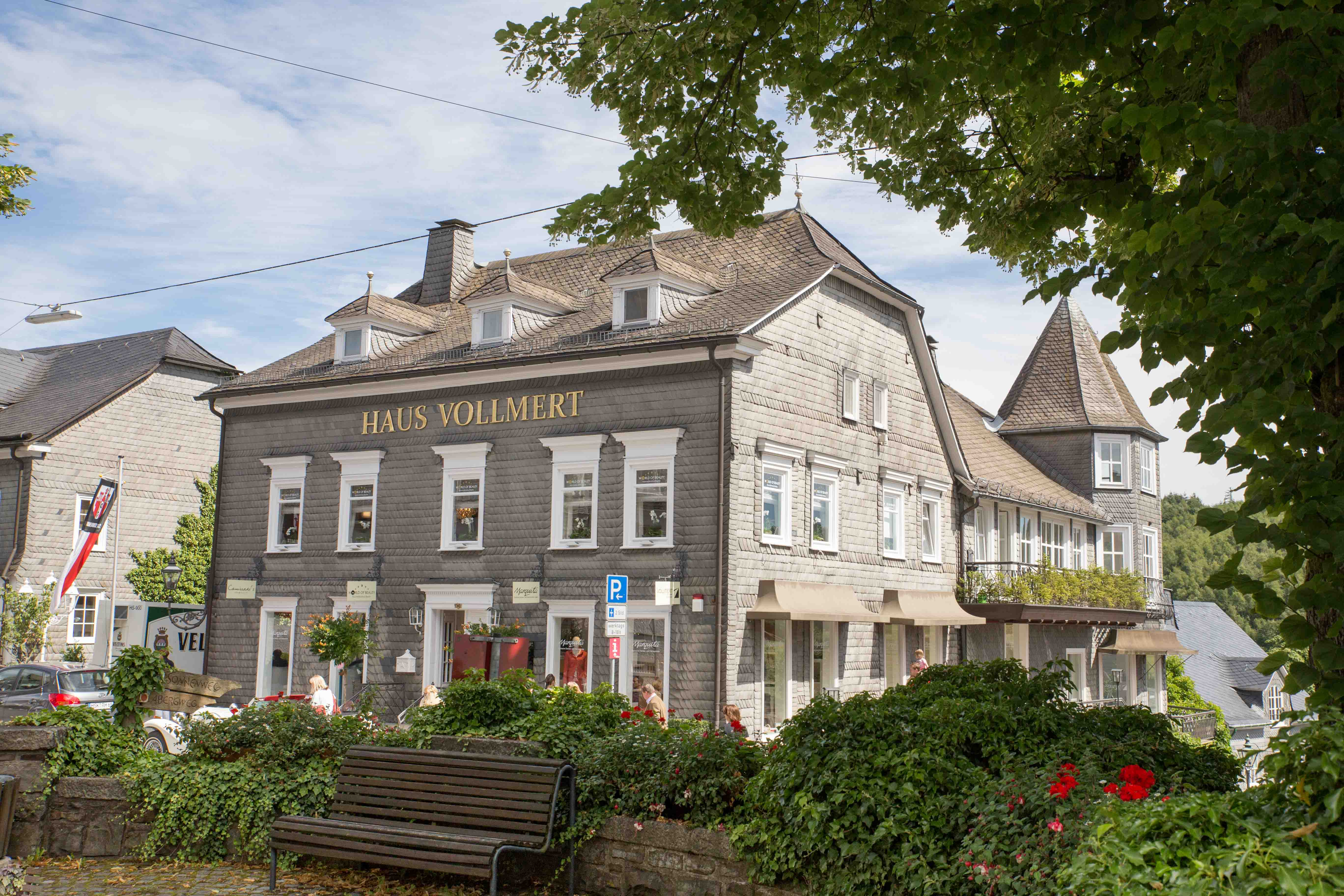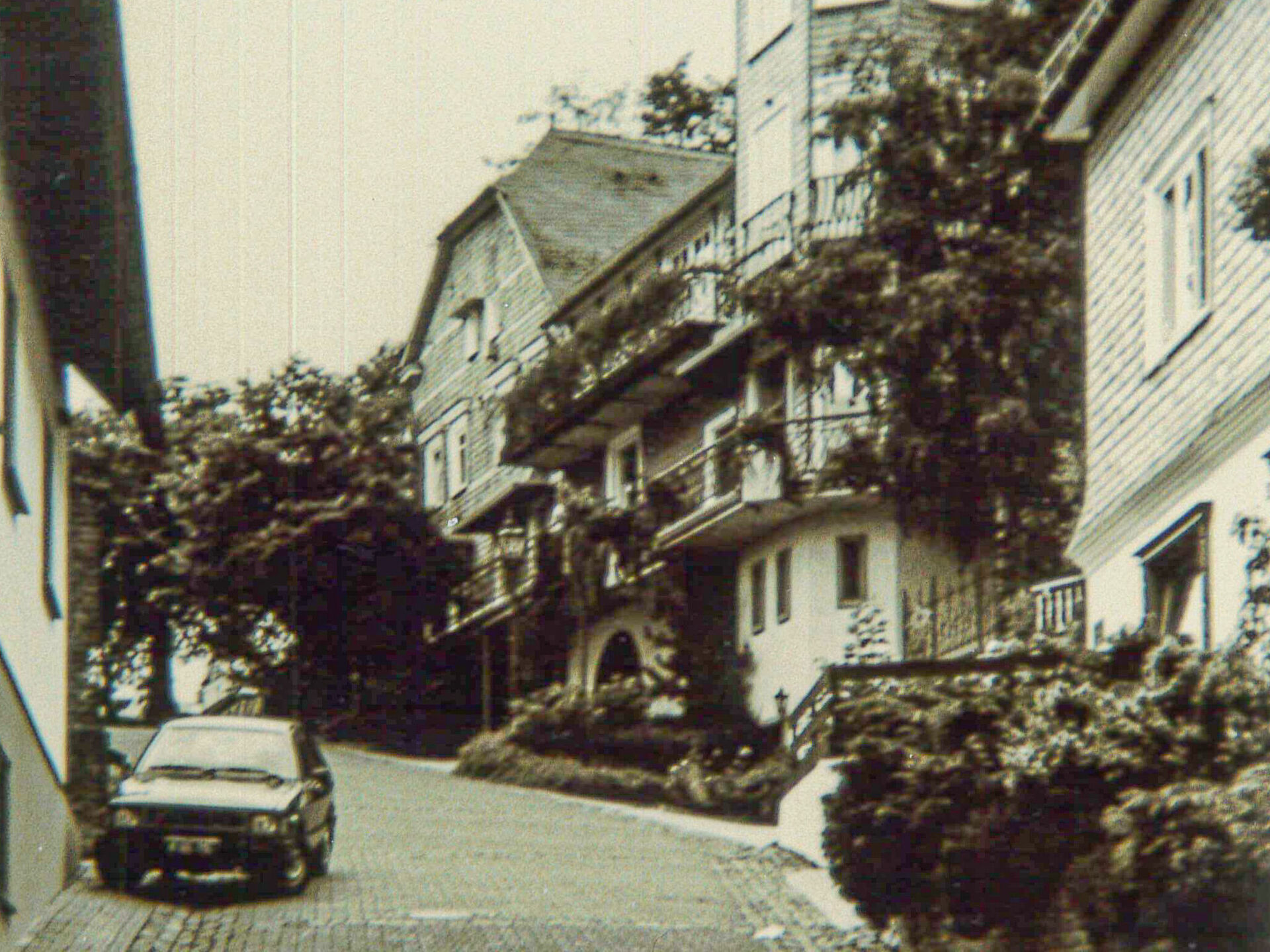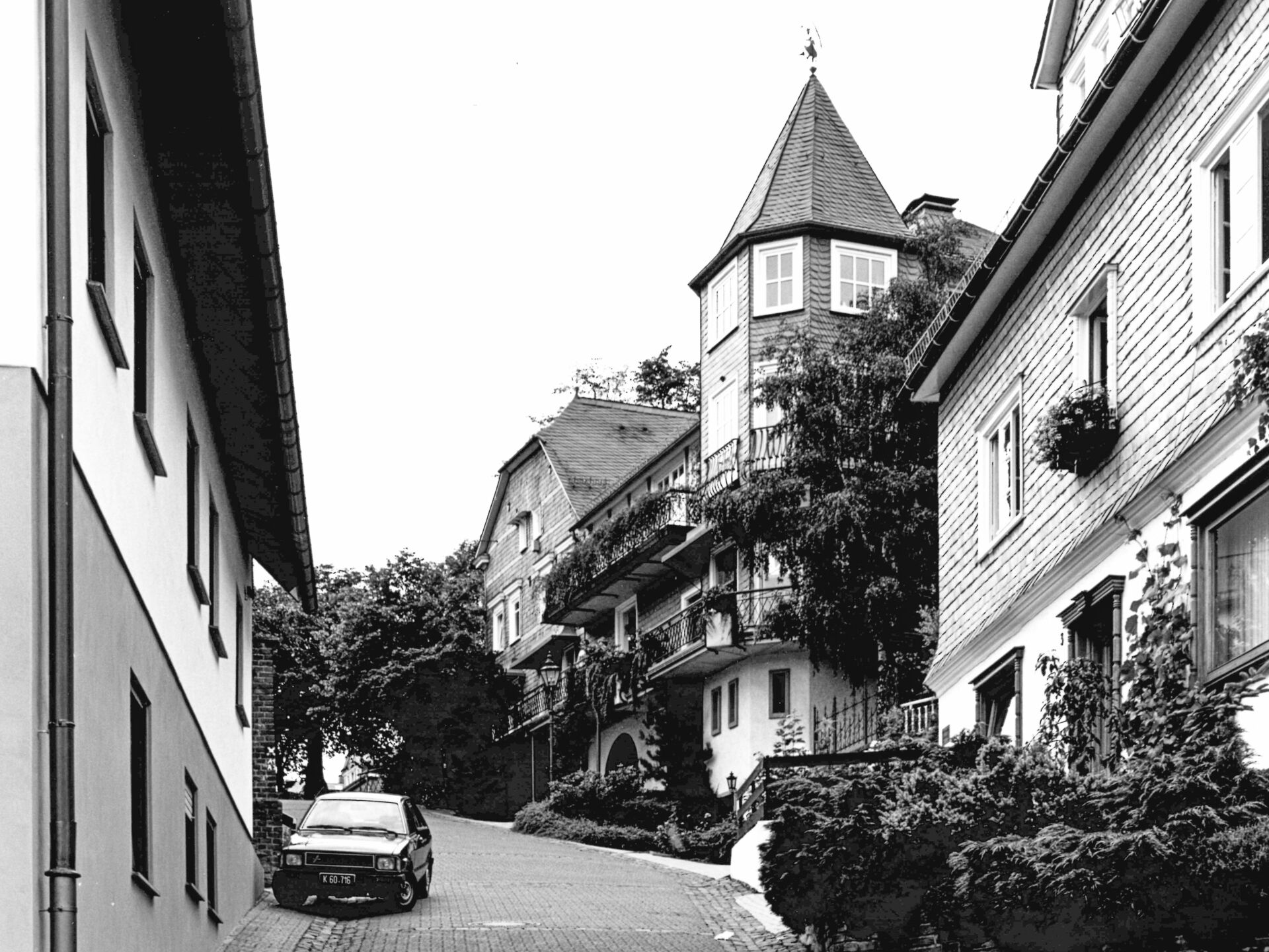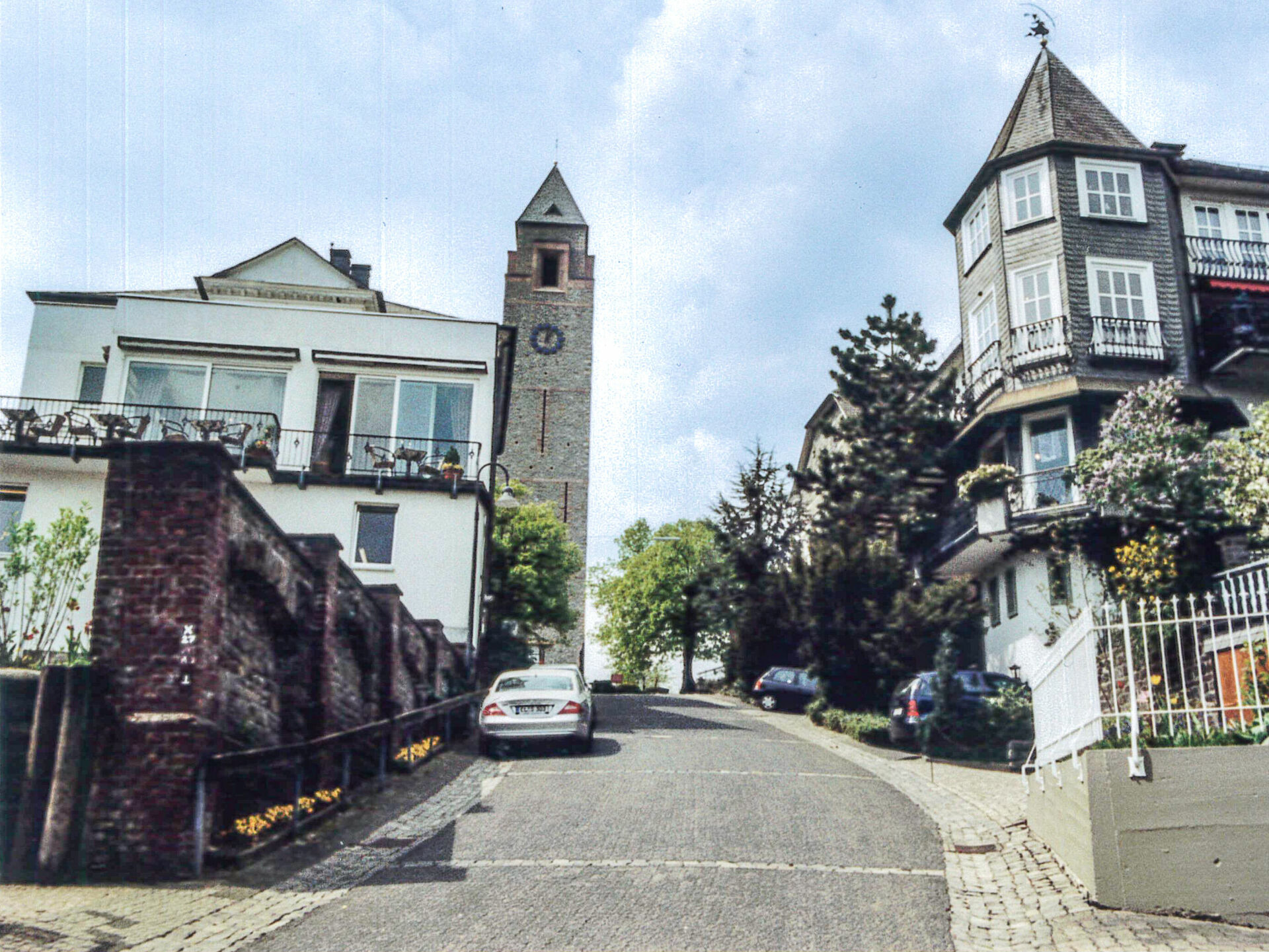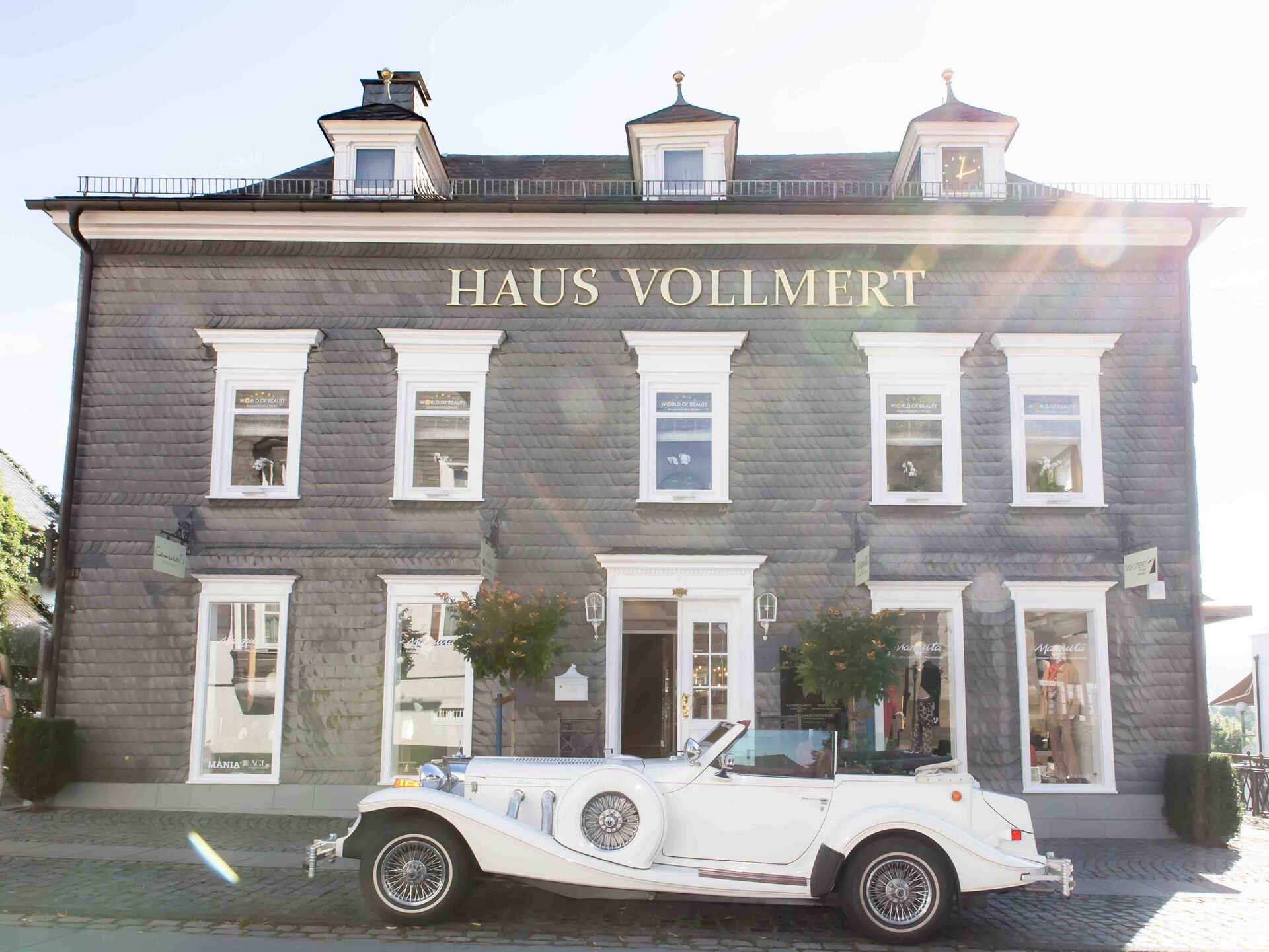Haus Vollmert
The town fire of Schmallenberg in 1822
On the morning of October 31, 1822 Schmallenberg was in turmoil: A fire had broken out and was beginning to spread to the entire town. What had happened? On this very windy Thursday in 1822, Johannes Kevecordes, the resident of the "Stübben" house (which stood on today's town hall parking lot), climbed up to his house in the morning to re-roof it with straw. A spark jumped from the pipe he lit during the work onto the roof. The strong south-easterly wind did the rest to spread the fire rapidly throughout the town: 131 houses burned down that day; only 17 houses in the south-east of the town were spared from the flames.
The very next morning, District Administrator Pilgrim from Meschede in the town to kick off the reconstruction. This was completed less than three years later. The reasons for this were the simple Arnsberg The reasons for this were the simple development plan put together and the good financial situation of the people of Schmallenberg - despite the catastrophe - as the Prussian fire insurance and numerous relief supplies supported the citizens. The new Arnsberg planned on the drawing board envisaged that Schmallenberg resembled a ladder due to the two parallel main streets with their cross streets. The larger properties were located on what is now Weststraße. It was a very simple but effective layout, the distribution of the plots along the streets was simpler and it was possible to maintain and even optimize the development on the ridges above the Lenne and even optimize it, as the town area could be doubled by demolishing the town wall.
Due to the widening of the main streets, the detached houses are now built in an eaves position, i.e. with the roof sloping parallel to the street side. Two roof types can be found in the Schmallenberg town center: the gabled roof and the crippled hip roof. The houses were all symmetrical, with three or five axes, and the entrance to the house was always in the middle. The Schmallenberg houses were based on the classicist architectural style, but also reflected the typical Sauerland style: they were covered with slate from the region and plastered white to recall the old half-timbered buildings. Despite this architectural uniformity, the town center does not appear dull at all; but complements each other to form a cohesive whole. This is also ensured by the fact that new buildings blend in with the old patterns.
Vertelleken
Chatting out of the sewing box...
Event 200 years of the town fire
It was also thanks to the reconstruction after 1822 and the resulting characteristics of the town center, which are still recognizable today, that Schmallenberg was included in the first edition of the "Westphalian Town Atlas" in 1975. Schmallenberg The town represents the exemplary classicist reconstruction of a town after a major fire. Due to this outstanding position Schmallenberg was also included in the "Arbeitsgemeinschaft Historische Stadtkerne NRW" in 1990. Because even without medieval buildings, the Schmallenberg town center impresses with its uniform classicist charm, which it has retained for 200 years. On the anniversary of the fire on October 31, 2022, a special kind of city tour took place, where the Haus Vollmert had to serve as the "source of the fire".
Sources/literature:
Franz Arnold Dham, Chronica Schmallenbergensis (5th continuation and conclusion), in: Schmallenberger Heimatblätter 24, 1970, pp. 8-10.
Anton Mönig, History of the town Schmallenberg.
Karl Eugen Mummenhoff, The townscape of Schmallenberg, in: Schmallenberger Heimatblätter 33/34, 1973, pp. 1-11.
Heinz Stoob, The layout and town development of Schmallenberg, in: Town Schmallenberg (ed.): Contributions to the history of the town Schmallenberg 1244-1969, Fredeburg 1969, pp. 39-56.
Heinz Stoob, Schmallenberg (Westphalian Town Atlas I - 13), Dortmund 1975.
Josef Wiegel, October 31, 1822: The birth of the new Schmallenbergin: Schmallenberger Heimatblätter 12, 1967, pp. 1-9.
Josef Wiegel, Documents on the reconstruction of the town after the great fire of 1822, in: Stadt Schmallenberg (ed.): Contributions to the history of the town Schmallenberg 1244-1969, Fredeburg 1969, pp. 109-116.
Josef Wiegel, Schmallenbergs Weg in das Förderprogramm "Historische Stadtkerne in Nordrhein-Westfalen", in: Schmallenberger Heimatblätter 63, 1996/97, pp. 56-64.
Josef Wiegel, Schmallenberg - a Schinkel town?, in: Schmallenberger Heimatblätter 70, 2003/04, pp. 3-7.



